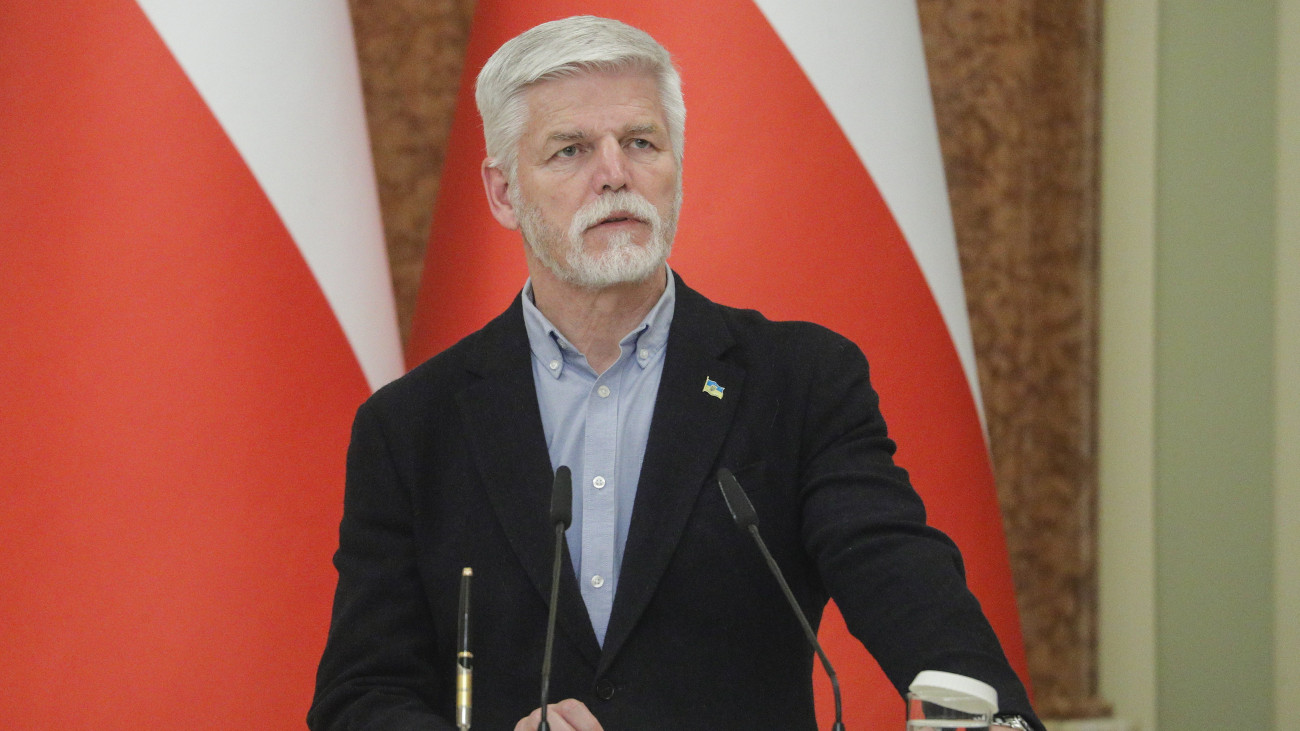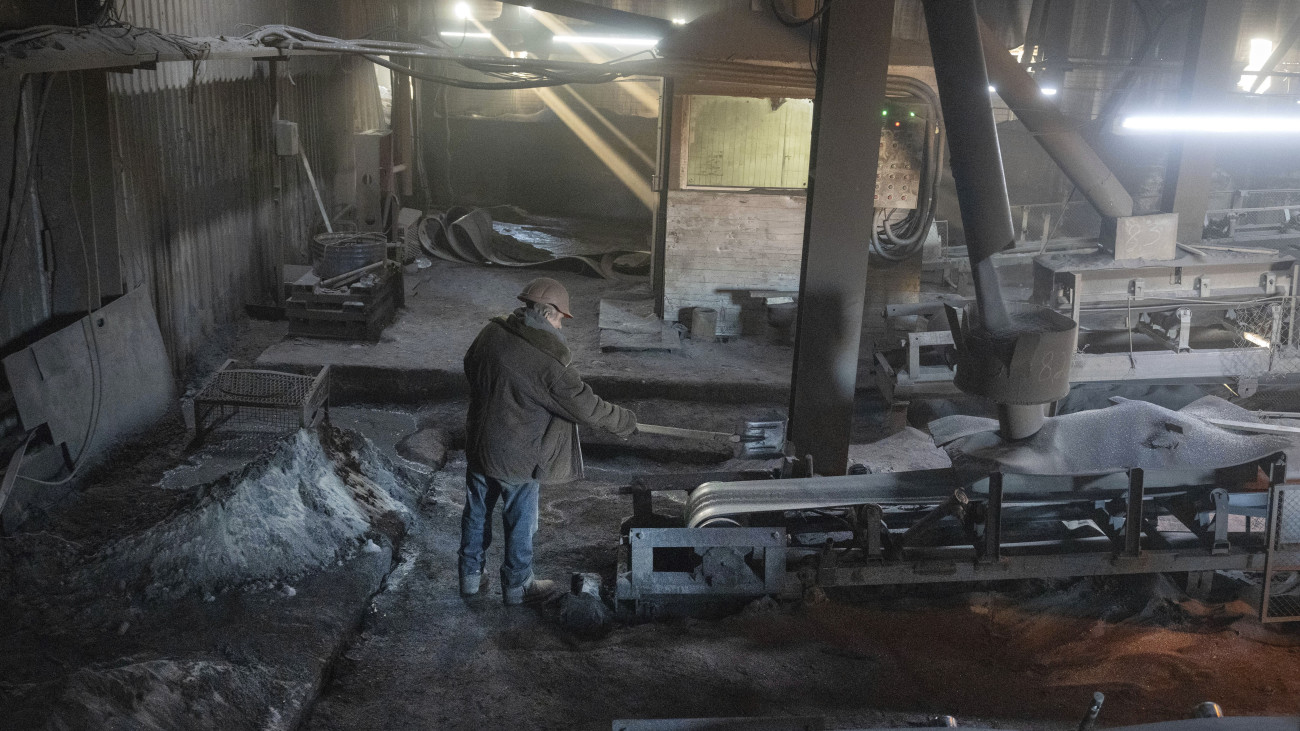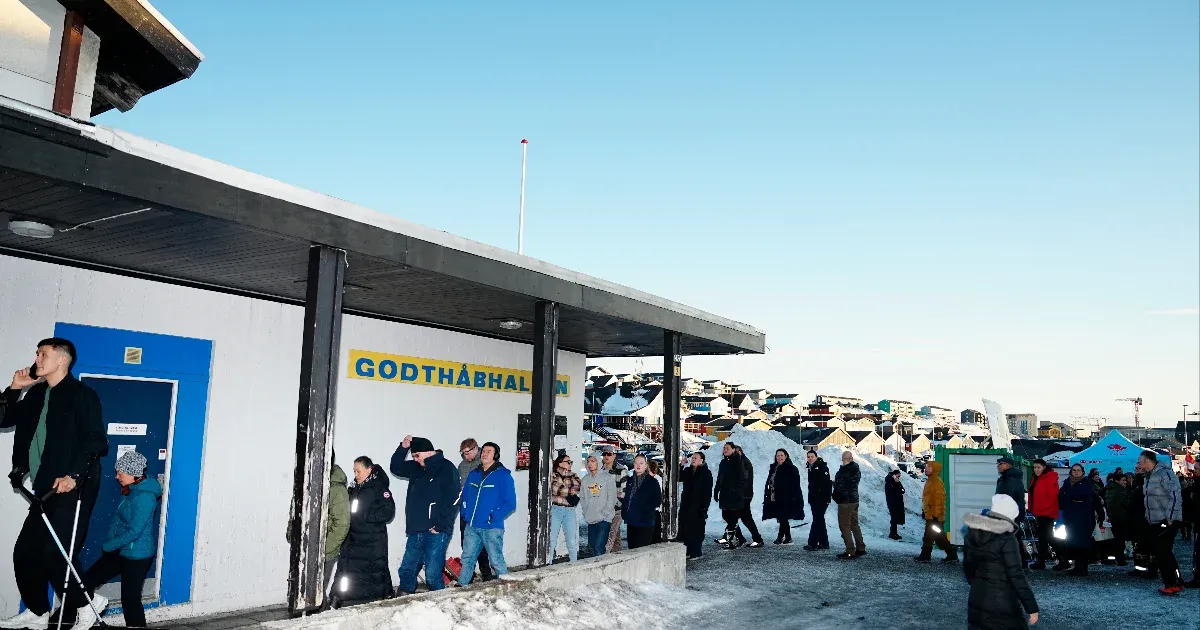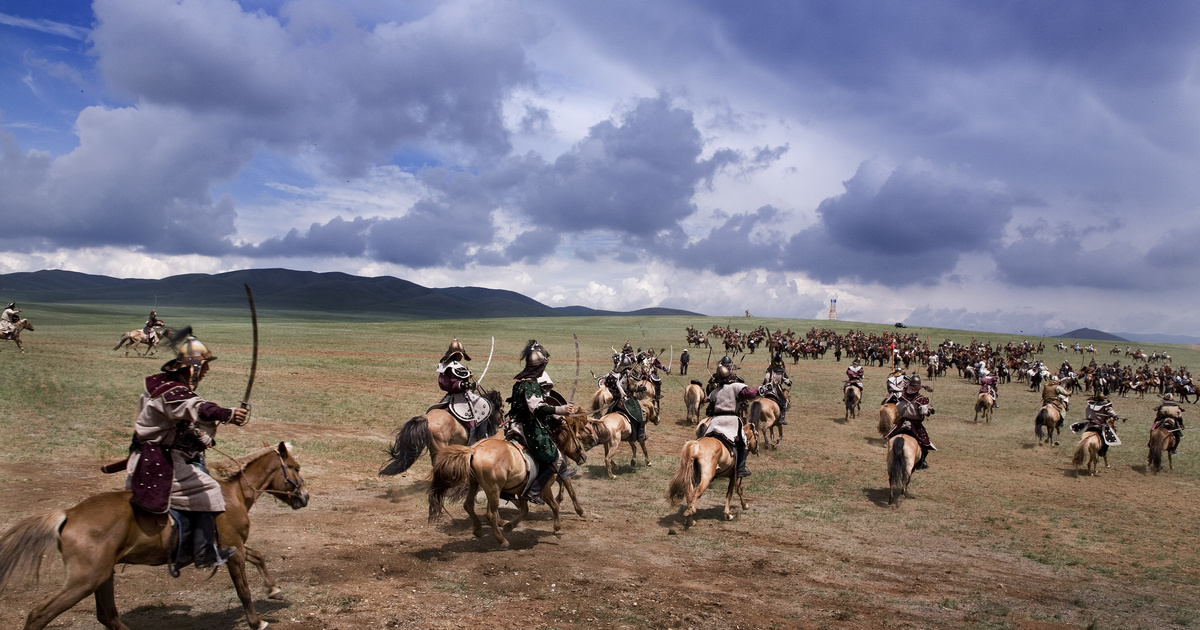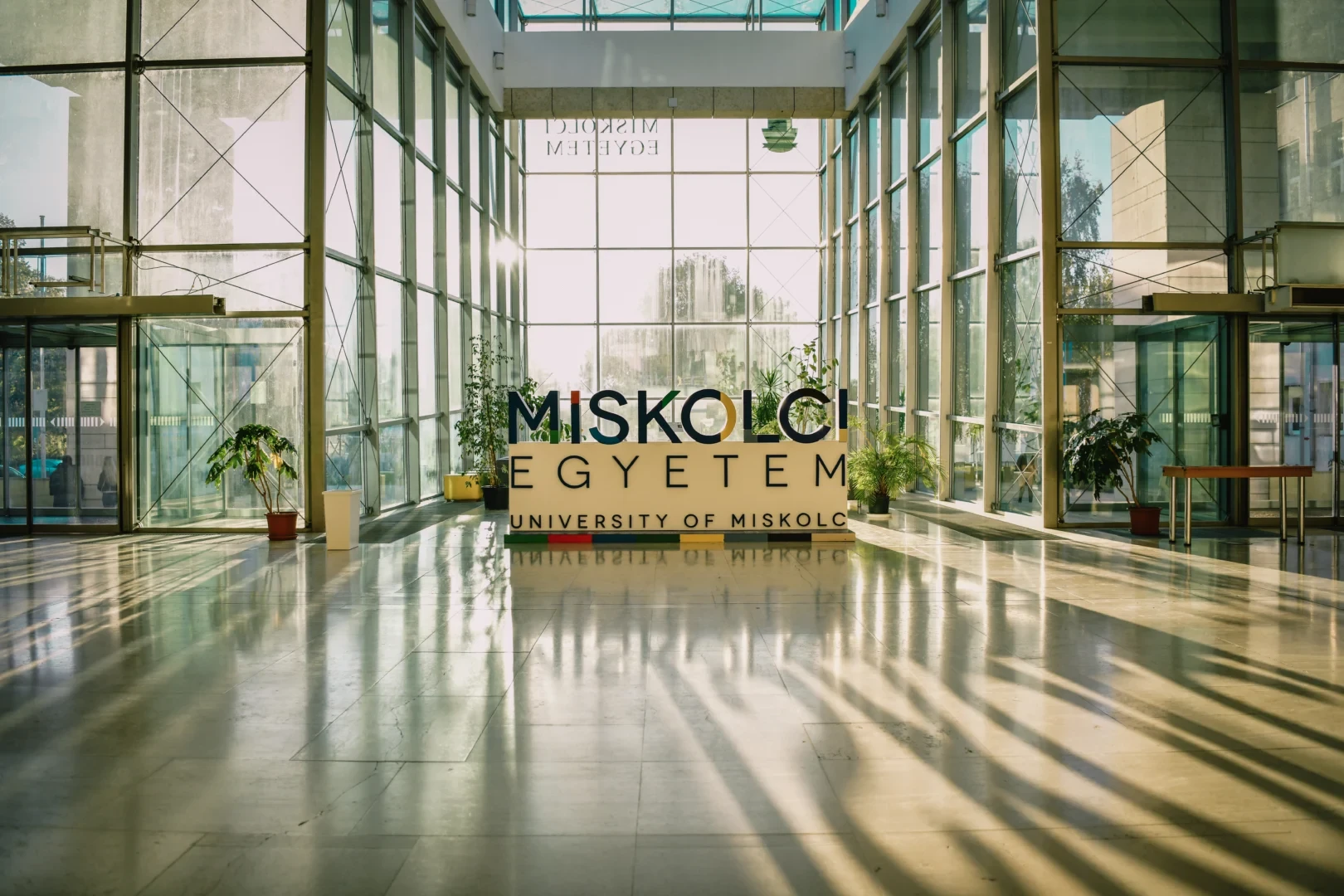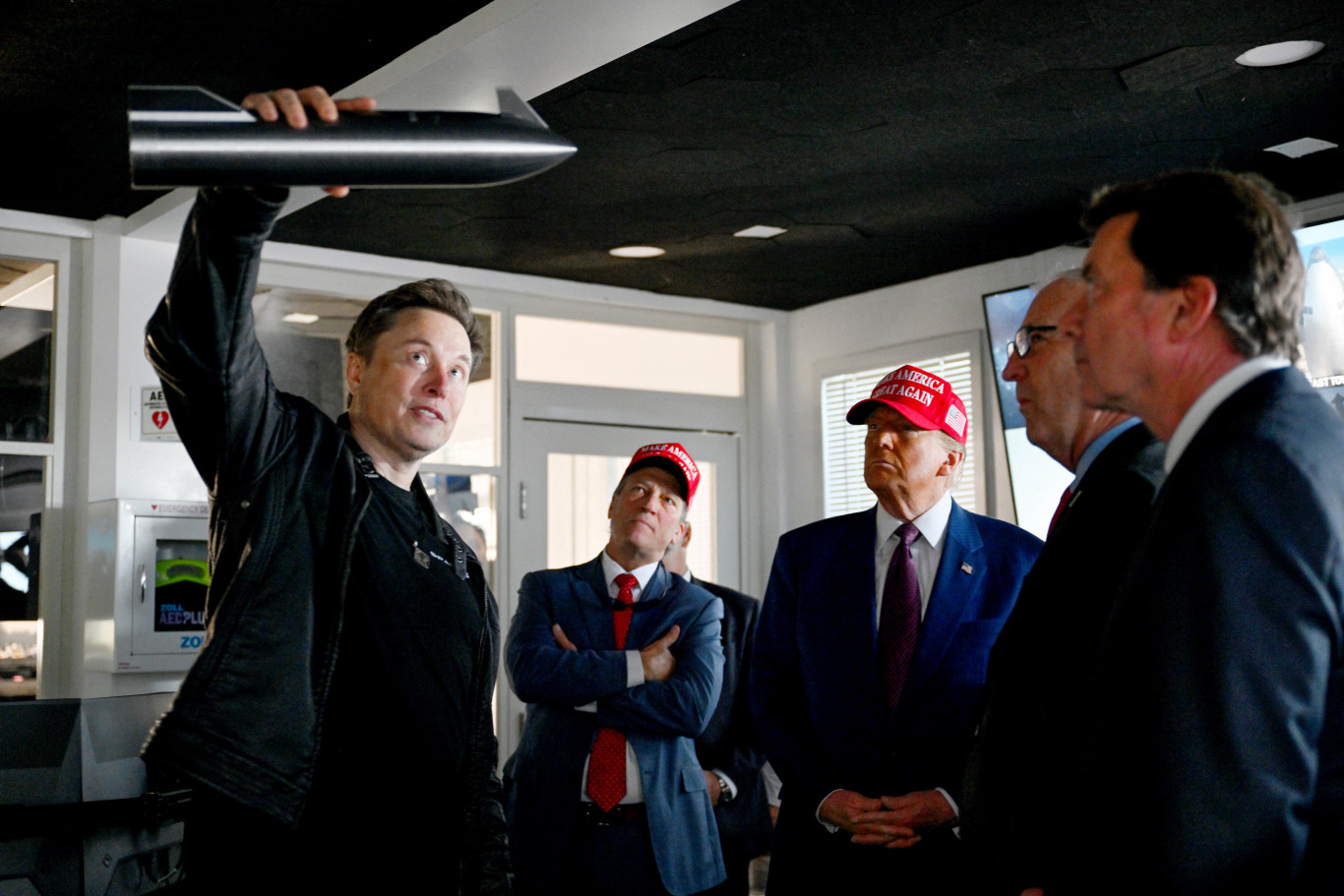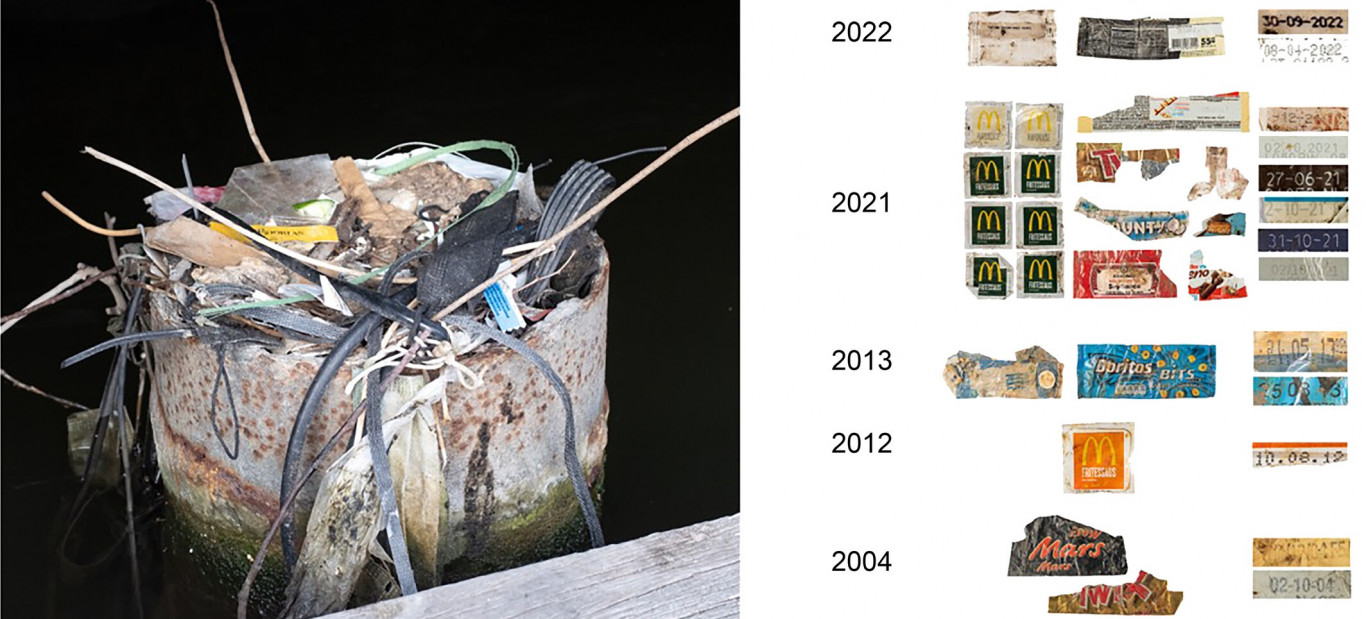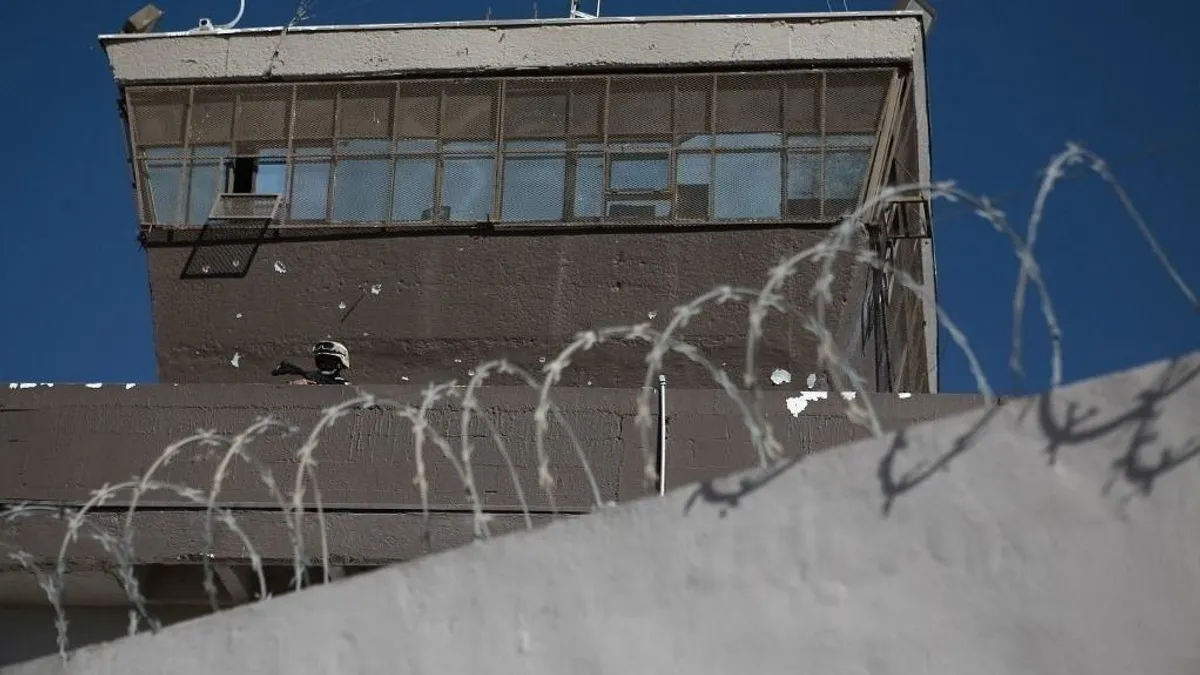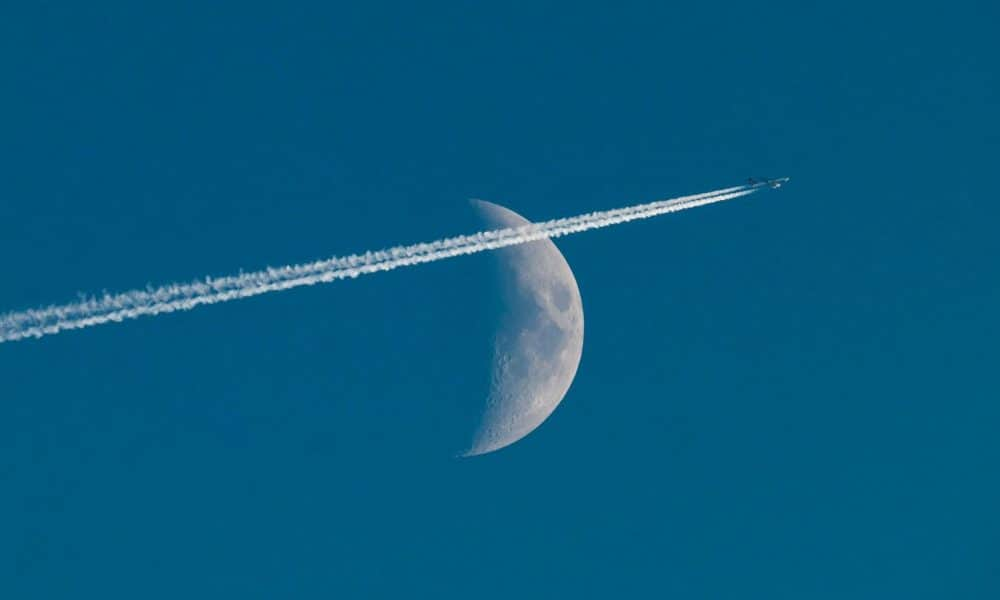On Friday, the Russians launched the automatic Luna-25 station to the moon aboard the Soyuz-2.1b launch vehicle from the Vostochny cosmodrome, located 5,450 kilometers east of Moscow.
This is the first mission of the Russian lunar exploration program. The previous station, Luna-24, launched from the Soviet Union in 1976, brought 170 grams of soil samples back to Earth.
According to the Russian space agency Roscosmos, Luna-25 is planned to be the first to land in the difficult terrain of the moon’s south pole, north of the Bogoslavsky crater, in the sunless zone. Previously, all stations landed in the equatorial region.
The main task of the Luna-25 station is to analyze the composition of the soil in the subpolar region of the Moon, and to confirm or refute hypotheses about the presence of water. Its drilling hull will penetrate 40 centimeters deep into the planet’s surface. New landing technology will also be tested with the station.
According to the normal schedule, the trip will take four to five and a half days. The station will spend three to seven days in a lunar orbit about 100 kilometers high to prepare for a soft landing.
The Luna-25 chassis consists of two main parts: the lower landing pad and the upper instrument bay. On board the station is about 31 kilograms of scientific equipment designed to study the lunar regolith (debris rock layer) and the outer atmosphere. Its manipulator is capable of digging soil and taking soil samples. The duration of the scientific work is for one year.
Luna-26, scheduled for launch in 2027, and later the Luna-27 and Luna-28 stations will perform more complex scientific missions. Another one will return a sample of the moon’s polar material to Earth.
Roscosmos has set the stay of Russian cosmonauts on the moon for 2030.




